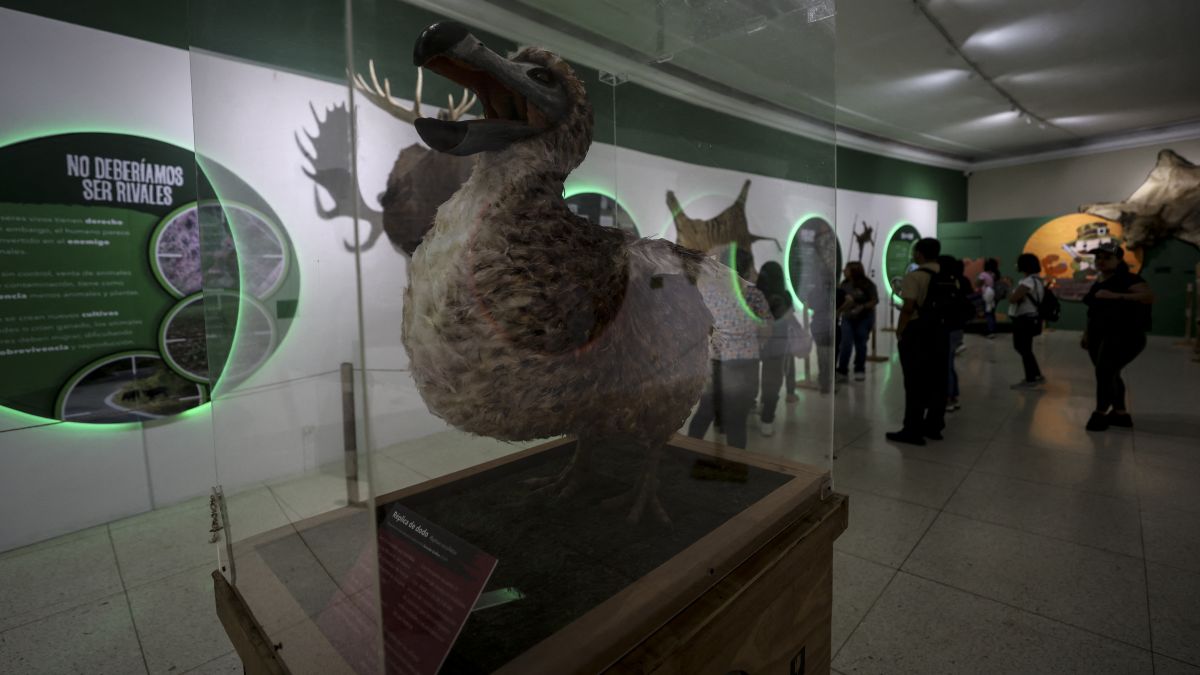Prince.Skeletor
Don’t Be Like He-Man
Thousands of dodos could soon be seen in five to seven years, according to an American-based biotech company, Colossal Biosciences. Here’s how the firm would bring the big, flightless birds back to life after last being seen around 1662
The last time the dodo, a flightless, giant bird, was seen walking planet Earth was 400 years ago. Now, we may soon see the return of the dodo as scientists have declared a breakthrough that could see the bird roam Mauritius once again.
A company based in US’ Texas, Colossal Biosciences, claims it has made headway in reviving the species, hundreds and hundreds of years after it vanished.
Here’s how we may soon view the flightless bird in all its glory.
The dodo has become the symbol of extinction. Known as Raphus cucullatus in the scientific world, the first written reference of this bird comes from Dutch sailors in 1598, who were sailing in and around Mauritius.
Today, scientists believe that the dodo evolved from pigeon-like ancestors. Its last reliable sighting took place in 1662 or possibly as late as 1680 with habitat loss and introduction of other invasive species, such as macaques, pigs and rats that raided dodo nests, sealed its fate.
One study has claimed that dodos likely stood about 70 centimetres tall and probably weighed around 12 kilogrammes. They also may have had darker feathers, likely ranging in colour from a light grey to a darker brown.
Bringing the dodo back to life
Now, Colossal Biosciences, a Texas-based company that’s also looking to recreate the woolly mammoth, has said that they have achieved a significant breakthrough in its attempt to revive the species.The company’s scientists have said they have succeeded in culturing specialised cells from the rock dove — better known as the humble pigeon. They plan to use the same or similar techniques to culture cells from the dodo’s closest living relative, the Nicobar pigeon, which is from the same family of birds.
The firm further added that it has also developed gene-edited chickens that will act as surrogates for the dodos. The chickens will be injected with primordial germ cells from the Nicobar pigeons, which will in time, after gene edits to create the desired body and head shape, allow them to breed dodos.
When asked how long before the world sees an actual dodo, Ben Lamm, Colossal’s chief executive said, “Rough ballpark, we think it’s still five to seven years out, but it’s not 20 years out.”
Ben Shapiro, the chief science officer at Colossal, further noted that the dodo project is particularly challenging as birds develop inside an egg and can’t be cloned in the same way as mammals. With birds, the slowest part of this process is that we have to make two generations,” he told CNN.
“We can’t clone the cells, so we have to make moms and the dads separately and then breed them in order to get both copies of the gene to be modified. That is pretty slow.”
The company has announced that it plans to make enough dodos with genetic diversity that they could be left out in the wild and thrive. And for this, they are also simultaneously coordinating with wildlife groups to scour safe, rat-free locations in Mauritius where the bird could live.
According to Colossal, the advance is a “really important step for the dodo project but also for bird conservation”.
)
How the dodo bird may walk the Earth 400 years after extinction
Thousands of dodos could soon be seen in five to seven years, according to an American-based biotech company, Colossal Biosciences. Here’s how the firm would bring the big, flightless birds back to life after last being seen around 1662


 the fukk do we need a Wooly Mammoth
the fukk do we need a Wooly Mammoth




